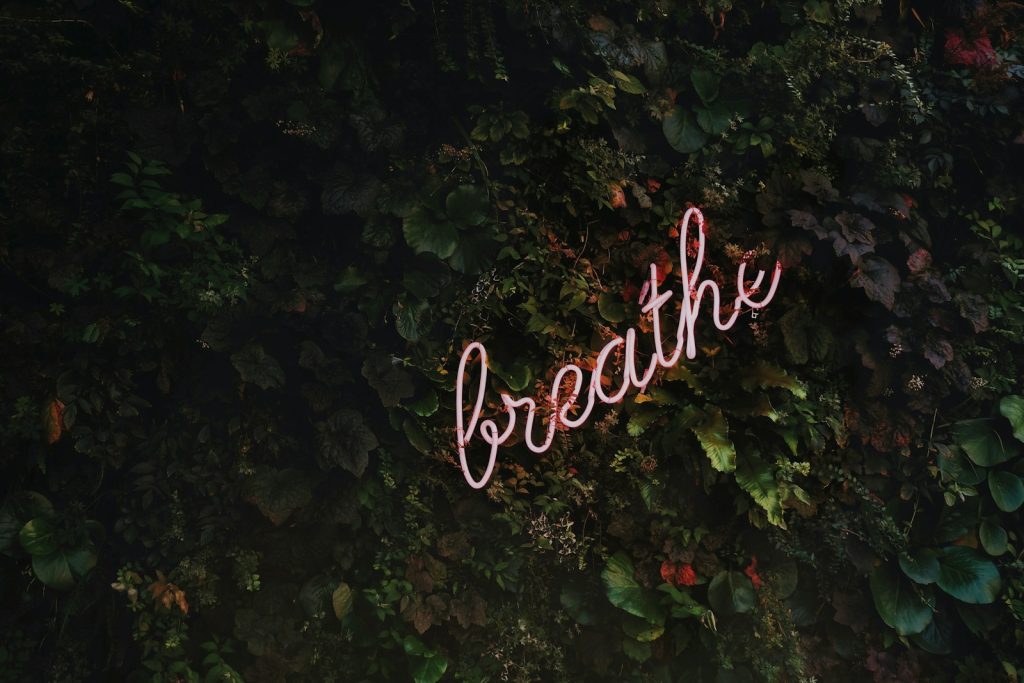In our fast-paced world, balancing work, family, and housework can feel like a never-ending cycle of stress. But within the hustle and bustle, there lies an opportunity to reclaim peace—a sacred five minutes where you can ground yourself, breathe deeply, and feel truly at ease. Creating a calming environment for a short meditation can be transformative, allowing you to relax and recharge.
This guide will help you design a peaceful space for meditation, walk you through a simple yet effective relaxation technique, and outline what to avoid before your practice. So, take a deep breath and let’s create your moment of calm.

Creating a Peaceful Environment
Your meditation space is a sanctuary, even if it’s just for five minutes. You don’t need a dedicated room—just a corner where you can close your eyes and be present with yourself. Here’s how to craft a serene atmosphere:
- Choose Your Space Wisely
- Pick a spot that feels calm and uncluttered. Be a quiet corner of your bedroom, living room, or even a cozy nook by a window. The key is to feel safe and undisturbed.
- If possible, create a routine by using the same spot for each meditation. This helps train your mind to associate the space with relaxation.
- Lighting Matters
- Opt for soft, warm lighting to create a tranquil mood. If you’re meditating during the day, natural light can be incredibly soothing. Consider placing a candle nearby for a gentle glow that adds warmth to the space.
- Avoid harsh overhead lights or anything too bright that feels jarring. Dim lighting helps signal to your body that it’s time to relax.
- Comfortable Seating
- Whether it’s a plush cushion on the floor, a supportive chair, or even sitting on your bed, make sure your seating allows you to sit comfortably for five minutes. Keep your posture upright but relaxed to allow for deep, easy breathing.
- You can use a soft blanket for extra comfort, especially if the air feels cool. The goal is to feel cozy and supported.
- Soothing Scents
- Scents can be powerful tools for relaxation. Consider lighting a calming candle or using essential oils like lavender, chamomile, or sandalwood. These aromas help signal your brain that it’s time to unwind.
- If you prefer, you can diffuse essential oils to fill the space with a gentle fragrance or use an incense stick for a more traditional approach to creating calm.
- Sound and Silence
- Gentle background sounds can enhance your meditation. Consider soft instrumental music, nature sounds, or even white noise to block out any distractions. There are many apps and playlists designed for meditation that you can explore.
- Alternatively, if you prefer complete silence, make sure your space is as quiet as possible. Turn off electronics that interrupt your peace.
- Declutter Your Space
- Visual clutter can create mental clutter. Before you begin your meditation, take a moment to clear away anything that distracts you—a stack of papers, laundry, or even your phone. Creating a clean, clear space will help your mind feel the same way.
Want to read more: 5 Exercises to Improve Your Mental Health

Techniques for a Relaxing 5-Minute Meditation
Once your space is ready, it’s time to focus on your meditation. A short meditation doesn’t need to be complicated to be effective. The key is to focus on relaxation, using your breath and awareness to bring calm to your mind and body.
1. Begin with Your Breath
- Start by sitting comfortably, with your spine straight but not rigid. Close your eyes and take a deep breath through your nose. Hold it for a moment, then exhale slowly through your mouth.
- Continue to breathe deeply and slowly. With each inhale, imagine drawing in peace and calm. With each exhale, release any tension or stress. Feel your body soften with every breath out.
2. Body Scan
- After a few deep breaths, begin a gentle body scan. Start at the top of your head and slowly move your awareness down through your body.
- As you focus on each part, notice any tension or discomfort. With each exhale, consciously release any tightness. Imagine your muscles softening and relaxing.
- Pay special attention to common areas of tension like your neck, shoulders, and lower back. Simply notice any sensations without judgment, and let your breath guide you into relaxation.
3. Mindful Awareness
- Bring your awareness to the present moment. Notice the feeling of the ground beneath you, the sensation of your breath entering and leaving your body, and the sounds around you.
- If your mind starts to wander, gently bring it back to the present by focusing on your breath. Remember, there’s no need to force your mind to be quiet—just observe your thoughts without attaching to them, like clouds passing in the sky.
4. Visualization
- If you find it helpful, you can incorporate visualization into your meditation. Picture a peaceful scene—perhaps a beach with gentle waves, a serene forest, or a quiet mountain lake. Allow yourself to feel immersed in this tranquil setting.
- As you visualize, engage all of your senses. Imagine the feeling of the warm sun on your skin, the sound of the waves, the smell of fresh air. Visualization can deepen your relaxation and help transport you away from daily stresses.
5. Affirmations
- Ending your meditation with positive affirmations can reinforce your relaxation and set a peaceful tone for the rest of your day. Silently repeat phrases like, “I am calm and at peace,” “I am letting go of stress,” or “I am present in this moment.”
- Let the affirmations resonate with you, and feel the peaceful energy they bring.

What to Avoid Before Meditation
To ensure you get the most out of your meditation, there are a few things you’ll want to avoid beforehand. These actions can prevent you from fully relaxing and tapping into the benefits of your practice.
- Caffeine
- If possible, avoid drinking caffeinated beverages like coffee or tea right before meditating. Caffeine can make it harder to settle your mind and body, leaving you feeling jittery instead of calm.
- Heavy Meals
- Eating a large, heavy meal can make you feel sluggish or uncomfortable during meditation. Try to meditate at least an hour after eating, so your body isn’t focused on digestion.
- Screen Time
- Give yourself a break from screens before meditating. The blue light from phones, tablets, and computers can stimulate your brain, making it harder to unwind. Spend a few minutes away from technology to allow your mind to slow down.
- Stressful Conversations
- Try to avoid any intense or stressful conversations right before meditating. These interactions can leave you feeling agitated, making it difficult to relax. If possible, take some time to decompress after any stressful situations before you begin your practice.
- Multitasking
- Meditation is about being fully present, so avoid multitasking or rushing through other tasks right before your practice. Give yourself the gift of five uninterrupted minutes, where you can let go of everything else and simply focus on your breath.
Conclusion: Your Five-Minute Reset
In just five minutes, you can transform your day, bringing calm and balance back into your life. By creating a peaceful environment, practising simple meditation techniques, and being mindful of what to avoid beforehand, you set yourself up for a soothing and restorative experience.
Remember, this is your time—a brief yet powerful opportunity to reconnect with yourself, release stress, and embrace peace. Whether you’re in the middle of a hectic day or winding down for the evening, these five minutes can make all the difference.
So, take a deep breath, let go of your worries, and step into your moment of calm. This is your time to unwind, to breathe, and to simply be. Peace is always within reach, and it starts with just five minutes.













